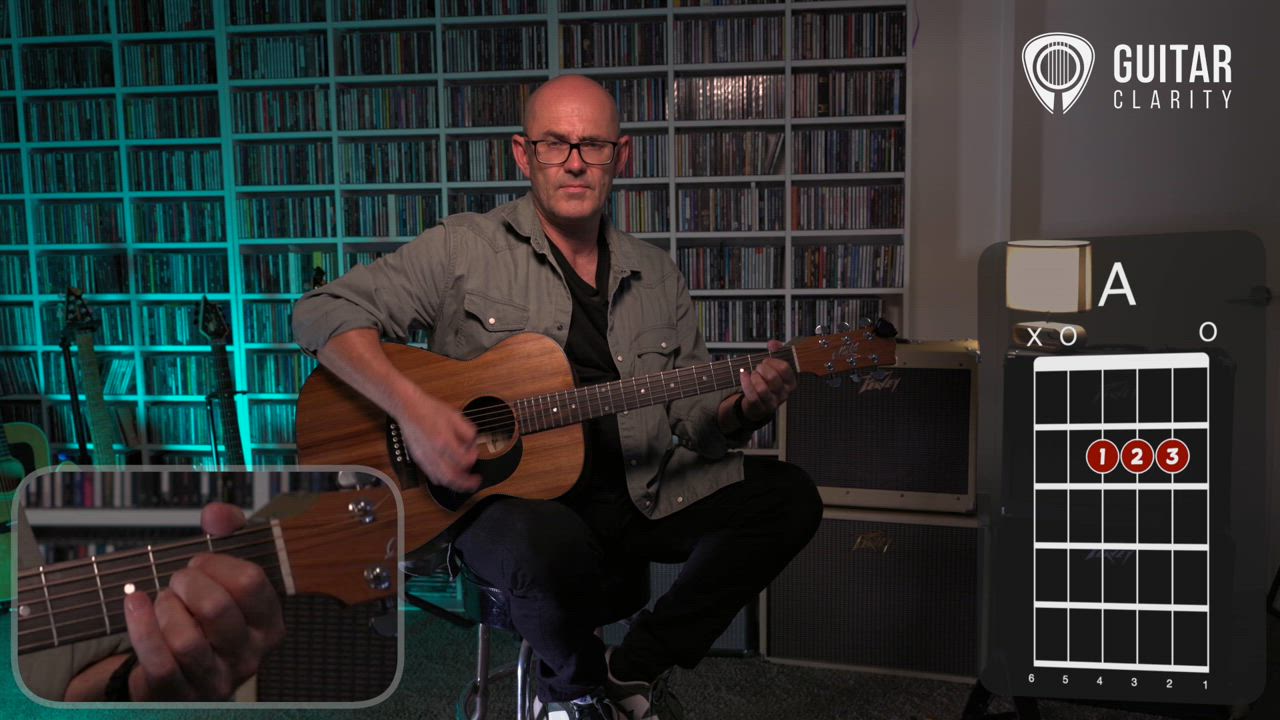Your Guitar Learning Process
1. Choosing Your First Guitar
Your journey begins with the right instrument. Select a guitar that feels comfortable in your hands, fits your budget, and inspires you to pick it up every day. Early comfort builds confidence—and confidence fuels practice.
2. Building Foundational Motor Skills
- Posture & Hand Position: Learn how to hold the guitar and position your fretting and picking hands correctly to avoid strain.
- Finger Independence Exercises: Simple chromatic patterns and spider-walk drills train your brain–hand coordination.
- Basic Strumming: Down-up patterns with a metronome develop your timing and rhythmic feel.
3. First Chords & Transitions
Start with open major and minor shapes (E, A, D, C, G, Am, Em, Dm). Focus on clean finger placement—mute unwanted strings, press close to the frets, and strum slowly.
- Chord Changing Drills: Practise moving between two chords at a time, using a slow-tempo metronome to build smooth transitions.
- Visualization: Mentally rehearse finger placements away from the guitar to speed up muscle memory.

4. Incorporating Music Theory
- Intervals & Scales: Understand how major and minor scales form chords—this deepens your conceptual grasp.
- Chord Construction: Learn why chords sound the way they do by stacking thirds on a scale.
- Circle of Fifths: Use it to navigate key signatures and common chord progressions.
5. Structured Practice & Cognitive Growth
A clear, step-by-step curriculum accelerates learning:
- Warm-Up Routine: Finger exercises and scale runs to wake up your hands and brain.
- Skill Block: Focused work on one technique or theory concept each session.
- Application: Apply new skills to a simple song or progression to cement knowledge.
- Review & Reflect: Record yourself, note strengths/weaknesses, and set goals for the next practice.
6. Progressing to Complex Chords & Creativity
- Barre Chords: Transition from open shapes to movable forms all over the neck.
- Extended Harmony: Add 7ths, 9ths, suspensions and colour tones to enrich your chord vocabulary.
- Improvisation: Use scales and arpeggios to solo over progressions and develop musical expression.
Why Structured Learning Matters
Learning in a logical sequence leverages how our brain forms long-term memories: gradual exposure, repetition, and real-world application. Skipping steps leads to plateaus—structured progression ensures continuous growth.